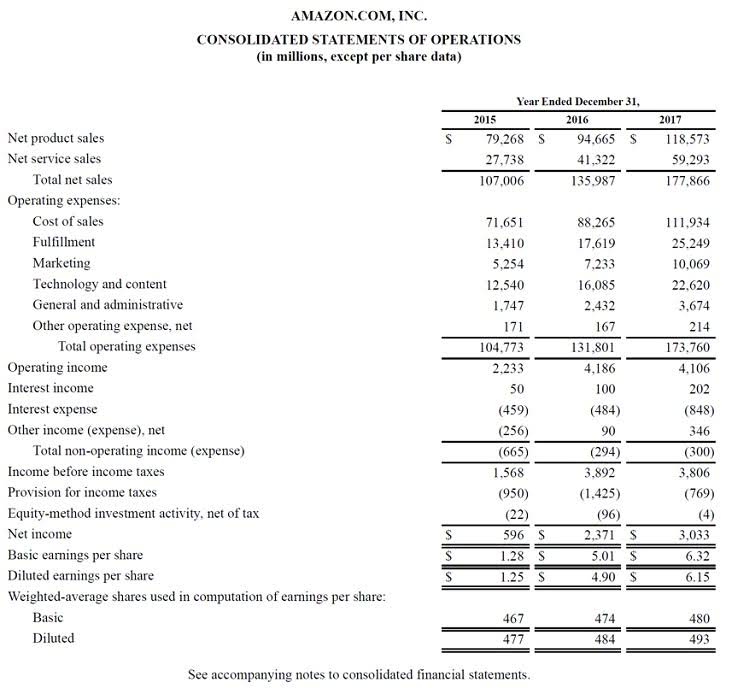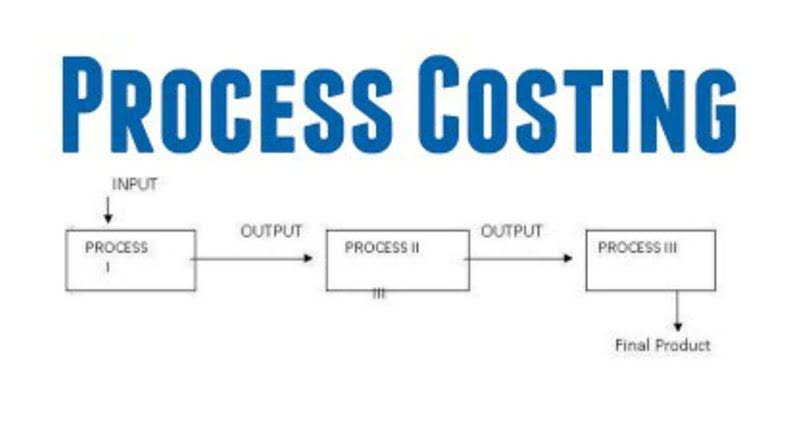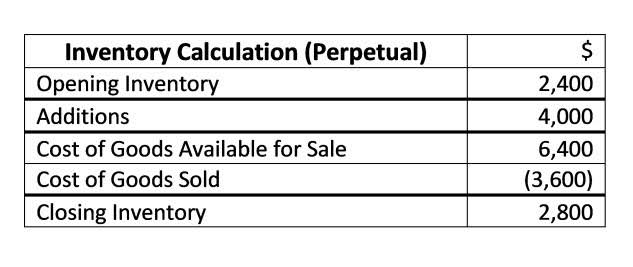FIFO: The First In First Out Inventory Method

In our bakery example, the average cost for inventory would be $1.125 per unit, calculated as [(200 x $1) + (200 x $1.25)]/400. FIFO is also the most accurate method for reflecting the actual flow of inventory for most businesses. In normal economic circumstances, inflation means that the cost of goods sold rises over time. Since FIFO records the oldest production costs on goods sold first, it doesn’t reflect the current economic situation, but it avoids large fluctuations in income statements compared to LIFO.
- By ensuring that the first inventory sold comes from the oldest items in stock, businesses can avoid having to sell newer and more expensive items at the same price as older, cheaper items.
- For example, say a rare antiques dealer purchases a mirror, a chair, a desk, and a vase for $50, $4,000, $375, and $800 respectively.
- To calculate the value of inventory using the FIFO method, calculate the price a business paid for the oldest inventory batch and multiply it by the volume of inventory sold for a given period.
- The FIFO method impacts how a brand calculates their COGS and ending inventory value, both of which are always included on a brand’s balance sheet at the end of a financial accounting period.
- There you will find a handful of investing and business management tools that will definitely impress you.
Buying a Car for Business: How-To, Pros and Cons
- With FIFO, when you calculate the ending inventory value, you’re accounting for the natural flow of inventory throughout your supply chain.
- Use QuickBooks Enterprise to account for inventory using less time and with more accuracy.
- In inventory management, the FIFO approach requires that you sell older stock or use older raw materials before selling or using newer goods and materials.
- The IRS has set up some possible ways you can calculate the cost of goods sold.
- There are balance sheet implications between these two valuation methods.
- The first guitar was purchased in January for $40.The second guitar was bought in February for $50.The third guitar was acquired in March for $60.
The inventory balance at the end of the second day is understandably reduced by four units. To find the cost valuation of ending inventory, we need to track the cost of inventory received and assign that cost to the correct issue of inventory according to the FIFO assumption. On 3 January, Bill purchased 30 toasters, which cost him $4 per unit and sold 3 more units. We have taken reasonable steps to ensure that any information provided by The Motley Fool Ltd, is accurate at the time of publishing. The content provided has not taken into account the particular circumstances of any specific individual or group of individuals and does not constitute personal advice or a personal recommendation.
Specific inventory tracing
In general, for companies trying to better match their sales with the actual movement of product, FIFO might be a better way to depict the movement of inventory. As the price of labor and raw materials changes, the production costs for a product can fluctuate. That’s why it’s important to have an inventory valuation method that accounts for when a product was produced and sold. FIFO accounts for this by assuming that the products produced first are the first to be sold or disposed of.
Other inventory accounting methods
Thus, the inventory at the end of a year consists of the goods most recently placed in inventory. It can be especially misleading if you have several different types of products with varying production costs. For instance, if you sell two items and one costs $2 to produce while the other costs $20, the average cost of $11 doesn’t represent either cost very well. The opposite to FIFO, is LIFO which is when you assume you sell the most recent inventory first.

To calculate the inventory value, multiply the number of shirts remaining by this value. In February, you bought another 10 shirts but now they cost $60 each. Statements are more transparent, and it is harder to manipulate FIFO-based accounts to embellish the company’s financials. FIFO is required under the International Financial Reporting Standards, and it is also standard in many other jurisdictions. In the first month, lumber costs $300 per 1,000 board feet; in the second month, it costs $400 per 1,000 board feet; and in the third month, it costs $500 per 1,000 board feet. With the help of above inventory card, we can easily compute the cost of goods sold and ending inventory.
- The ending inventory value derived from the FIFO method reflects the cost of the remaining inventory based on the oldest items purchased.
- To do that, we need to see the cost of the most recent purchase (i.e., 3 January), which is $4 per unit.
- Depending on the valuation method chosen, the cost of these 10 items may differ.
- This calculation yields the weighted average cost per unit—a figure that can then be used to assign a cost to both ending inventory and the cost of goods sold.
- Choosing among weighted average cost, FIFO, or LIFO can have a significant impact on a business’ balance sheet and income statement.
- Accounting software offers plenty of features for organizing your inventory and costs so you can stay on top of your inventory value.
Why would businesses use last in, first out (LIFO)?
FIFO is also the option you want to choose if you wish to avoid having your books placed under scrutiny by the IRS (tax authorities), or if you are running a business outside of the US. Under the Securities Act of 1933, public companies must publish their financial data to the SEC (Securities and how to calculate fifo Exchange Commission). Another item, LIFO Reserve (LR), explains the difference between the two inventory values. Under FIFO, reported inventory is more likely to approximate the current market value of the inventory. Inventory is valued at cost unless it is likely to be sold for a lower amount.

How does the FIFO method affect a company’s financial ratios?

To use the weighted average model, one divides the cost of the goods that are available for sale by the number of those units still on the shelf. This calculation yields the weighted average cost per unit—a figure that can then be used to assign a cost to both ending inventory and the cost of goods sold. The IRS has set up some possible ways you can calculate the cost of goods sold.
See profit at a glance



